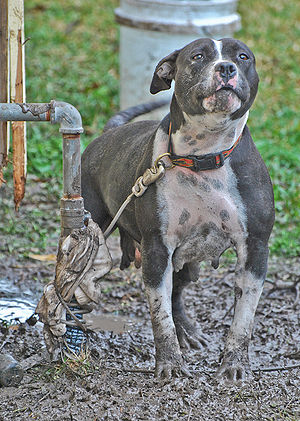Animal hoarding involves keeping more companion animals than one can properly take care of.
While many of these people are good-intentioned, it’s believed they have an underlying problem which causes them to collect animals. Hoarding is attributed to several disorders including dementia, OCD (obsessive/compulsive disorder), Post Traumatic Stress Disorder (PTSD), and Attention Deficit Hyperactivity Disorder (ADHD).
Unless these disorders are addressed, removing the animals does not deter recurrence. While hoarding is considered a form of animal abuse, hoarders believe they are rescuing animals.
However, the conditions in which the animals are kept are deplorable. They suffer from neglect, receive no veterinary care, insufficient food and live in extremely unsanitary conditions. Usually feces and urine cover most areas of the extremely dirty house. There can be dead animals, insects and rodent infestation.
The humans living in these conditions suffer as well from these health hazards. Neighbors complaints alert the authorities as the unhealthy conditions can affect them as well. Many homes of hoarders have been condemned by the Health Department as unlivable.
Once the animals are rescued from the hoarder, due to the numbers, the shelters are over-burdened. These animals often displace adoptable pets which may then have to be euthanized.
Many areas in the U.S., ie counties, cities, etc. limit the number of companion pets a person can keep, excluding breeders and shelters.
If a hoarder refuses to cooperate with authorities or conditions do not warrant animal cruelty charges, other agencies can be called to intervene. For example the Fire Department can cite the hoarder for fire code violations, zoning boards can force change, the Health Department will come where disease and/or other housing violations are an issue.
The Humane Society recommends “that animal control, social service agencies and health and housing authorities work together to treat each animal hoarding situation as a long-term project. Intervention should also involve the family of the hoarder and any other involved members of the community.”
Video
Related articles:


